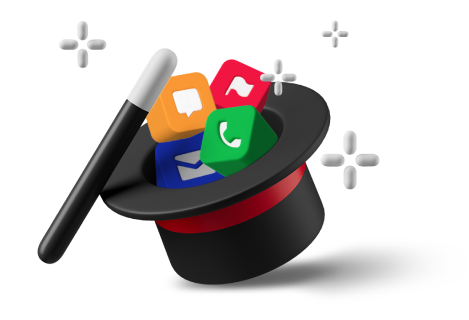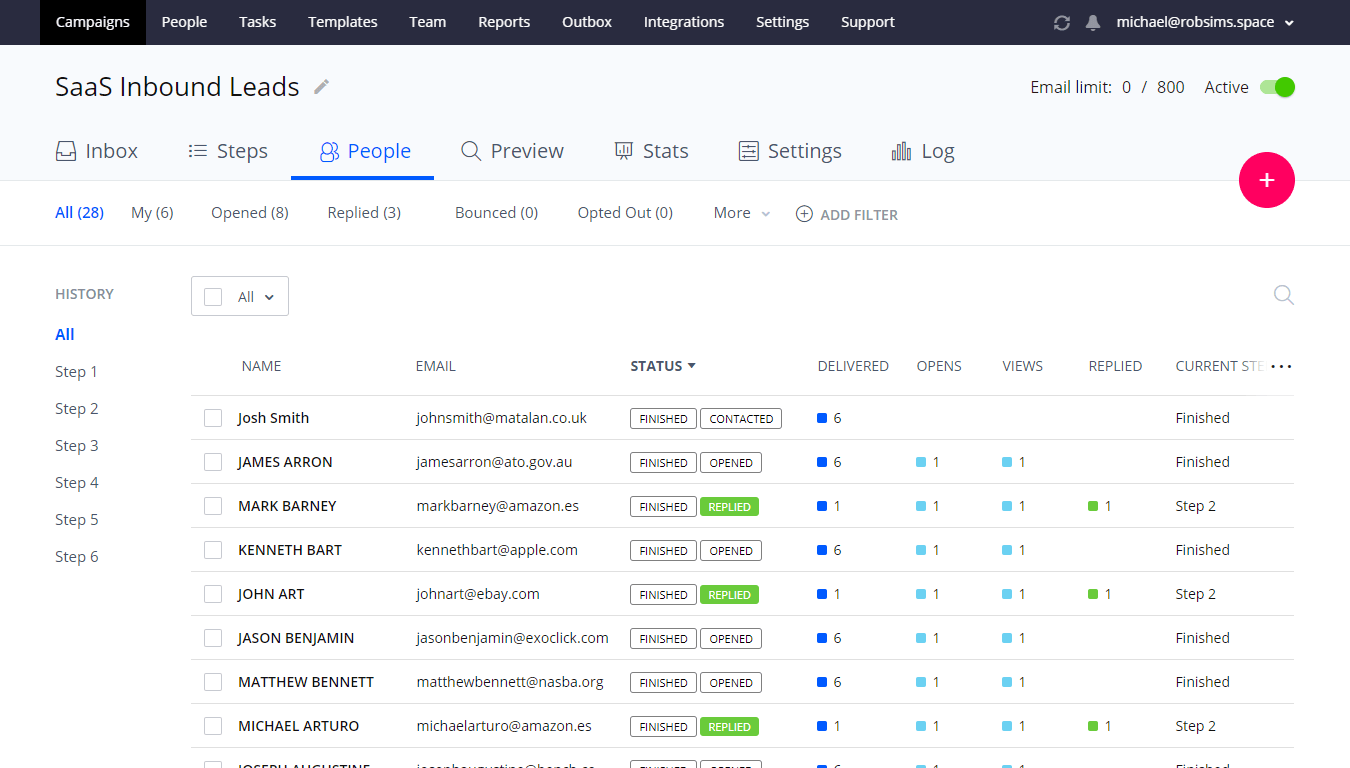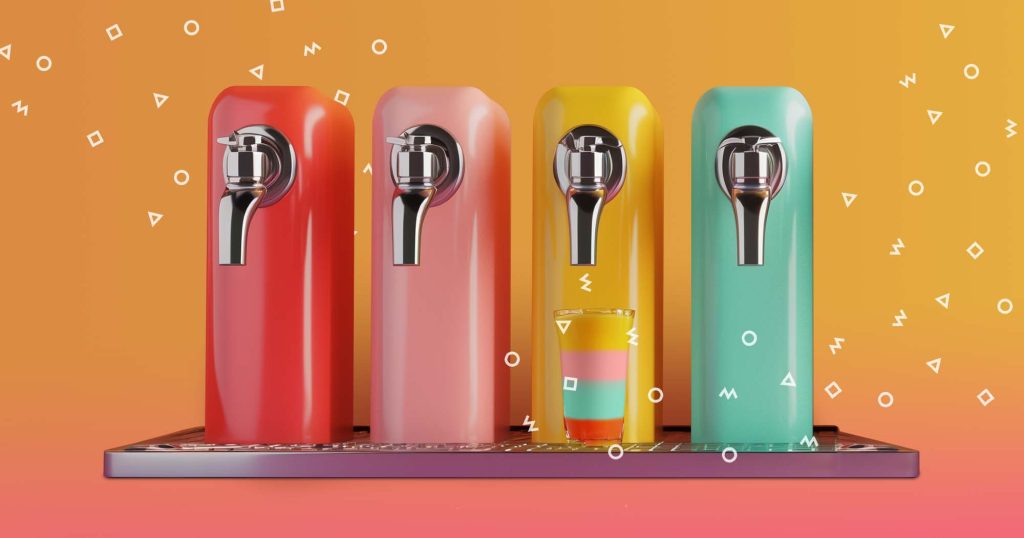Before the internet took off, businesses relied solely on proactively introducing themselves and their products to potential buyers. Fast forward to today, with the entire digital world at our fingertips, it should come as no surprise that the way customers make purchases has evolved, which means so did the way companies sell.
And while cold outreach remains a major part of modern-day sales, businesses now also focus their efforts on building and growing their digital presence to organically attract potential customers.
Considering that most people in need of a product or service like yours will go online to research solutions and compare different options, it becomes paramount to ensure they come across yours, and then consider giving it a shot.
Welcome to the world of inbound sales.
First things first: What is inbound?
I’m sure we’ve all heard the word, but what does inbound mean, really? Overall, inbound refers to something moving towards you, in our case — potential customers, rather than you making the first move towards them.
Inbound sales and marketing are the accumulation of workflows that aim to increase your company’s online exposure and entice your audience to look further into your product, features, and pricing plans to consider a purchase.
Inbound is not about showcasing your products to the fullest extent to every lead that comes your way but rather providing value, educating, or solving their pain points. It comes as no surprise that inbound has grown so much in recent years given the rapid shift to a customer-centric selling/buying approach of today.
In general terms — your marketing content and experiences will passively attract your audience as they embark on their buyer journeys until they eventually show a sign of interest in your product, and that’s when and where inbound sales teams come into play for meaningful nurturing.
Inbound marketing 101
There’s no understanding of inbound sales without first diving deep into the world of inbound marketing. While fruitful inbound is a multi-team job, marketers play a pivotal role in strategically positioning your online brand to attract and build trust with your audience, which sales teams then leverage to provide meaningful assistance. But first, let’s start with the basics and define inbound marketing.
What is inbound marketing?
At its essence, the definition of inbound marketing is a digital marketing strategy that revolves around creating content and experiences that resonate with your audience and attract them to your business. Sure, the ultimate goal of such strategies is to bring in more customers and grow sales, but rather than aggressively advertising and pitching your products, inbound marketing relies on providing valuable, problem-solving content to achieve that goal.
Inbound marketing strategies are built on a clear understanding of your audience’s buyer journey and unique pain points, allowing businesses to craft the most relevant content and experiences that align with their intricate, singular needs. This comes in handy considering almost half of B2B buyers will interact with 3-5 pieces of content before engaging with a sales rep.
Modern buyers will appreciate your genuine effort to help them without expecting anything in return, helping you build trust and credibility for your business. So when a potential customer stumbles on your insightful content addressing their challenges, they will be much more likely to consider your solution should they decide to make a purchase.
Inbound vs outbound marketing
Just as in sales, marketing efforts will pay off the most when there’s a synergy between inbound and outbound strategies. As mentioned above, inbound marketing focuses on organically attracting potential customers to your business, whereas outbound marketing works by proactively reaching out to them with marketing content to spark interest.
In the most basic form, an example of inbound marketing is writing niche-related valuable content, which your audience will naturally come across when researching for tips or suggestions on a certain topic. Only then will they discover your product and perhaps show interest, giving the green light for sales outreach.
On the other hand, an example of outbound marketing could be creating paid targeted ads on social media or sending out cold marketing emails that aim to promote your product and capture your audience’s attention. Unlike inbound, this strategy entails marketing teams sparking the first interaction with potential buyers, rather than waiting for them to show interest.
When comparing outbound vs inbound marketing, it’s important to note that there is no superior strategy, but rather an opportunity to double down on both for a wider audience reach and multiple lead generation streams.
What’s the typical inbound marketing funnel?
With modern buyer journeys being more complex than ever, mapping out your inbound sales and marketing strategies is far from easy unless you follow a clear-cut inbound funnel.
These funnels act as a roadmap to aligning your inbound efforts with your customers’ journeys to deliver the right content, in the right place, at the right time.
In the simplest terms, today’s customer goes through a 3-stage purchasing journey — they become aware of a problem that requires a solution, they begin considering their options to solve that problem, and finally, they make the final decision.

The typical inbound funnel helps establish the marketing and sales strategies that best resonate with the needs and purchase-readiness of prospective customers in each of these stages.










![Upselling and Cross-selling: The Go-To Guide [+7-Step Framework Inside] Upselling and Cross-selling: The Go-To Guide [+7-Step Framework Inside]](https://reply.io/wp-content/uploads/upsale-1024x538.jpg)
